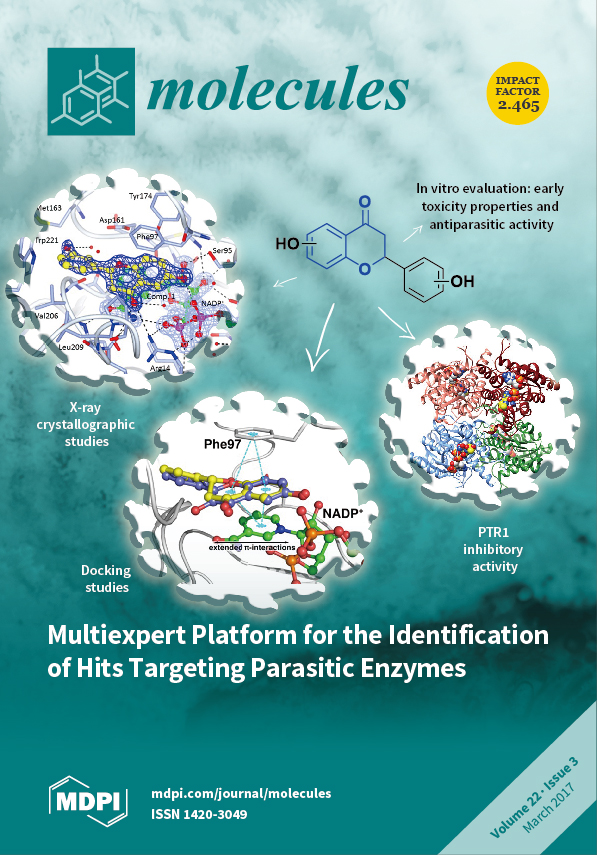This study investigated changes the in vitro antioxidant activity of
Hippocampus polypeptides during enzymatic hydrolysis, including the effects of enzyme species, enzyme concentration, material–liquid ratio, hydrolysis time, pH, and temperature of the reaction system. Its in vivo anti-fatigue activity was also studied.
Hippocampus
[...] Read more.
This study investigated changes the in vitro antioxidant activity of
Hippocampus polypeptides during enzymatic hydrolysis, including the effects of enzyme species, enzyme concentration, material–liquid ratio, hydrolysis time, pH, and temperature of the reaction system. Its in vivo anti-fatigue activity was also studied.
Hippocampus peptide prepared by papain digestion exhibited the highest 1,1-diphenyl-2-picryl-hydrazyl free radical scavenging rate (71.89% ± 1.50%) and strong hydroxyl radical scavenging rate (75.53% ± 0.98%), compared to those prepared by five other commonly used enzymes (i.e., trypsin, neutral protease, compound protease, flavorzyme, and alkaline protease). Additionally, maximum antioxidant activity of
Hippocampus polypeptide prepared by papain digestion was reached after hydrolysis for 40 min at pH 6.0 and 60 °C of the reaction system by using 2000 U/g enzyme and a material–liquid ratio of 1:15. Moreover, compared with the control group,
Hippocampus peptide prolonged the swimming time by 33%–40%, stabilized the blood glucose concentration, increased liver glycogen levels, and decreased blood lactate levels and blood urea nitrogen levels in mice (
p < 0.01). In conclusion, these results indicated that
Hippocampus polypeptide prepared by papain digestion under optimal conditions exhibited high degrees of antioxidant and anti-fatigue activity.
Full article






